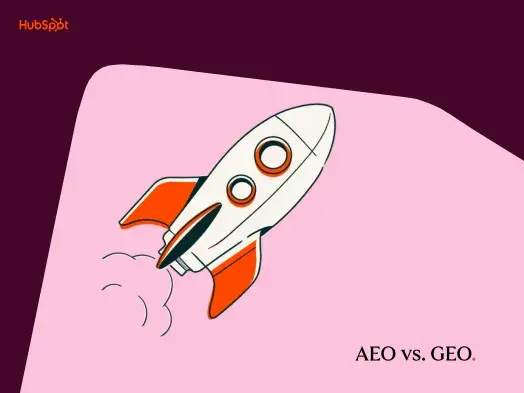NEW YORK, UNITED STATES – 2023/04/12: Secretary Miguel Cardona, Department of Education participates … [+] in chat with Reverend Al Sharpton at NAN 2023 Convention at Sheraton Times Square. (Photo by Lev Radin/Pacific Press/LightRocket via Getty Images)
Millions of borrowers are barreling toward the end of the student loan pause. The moratorium has suspended monthly payments and stopped all interest accrual for over three years.
But after President Biden signed federal spending legislation in June to avert a debt ceiling crisis, the pause is officially ending at the end of August. Interest starts accruing in September, and student loan payments resume thereafter, with the first billing due dates in October.
Education Department officials are encouraging borrowers to take steps now to lower their student loan payments. Here’s a breakdown.
New SAVE Plan May Lower Student Loan Payments
Top Education Department officials are trying to get the message out about the Saving on a Valuable Education, or SAVE, plan — a brand new income-driven repayment plan officially unveiled earlier this summer.
“Borrowers will start saving money under the new plan, which will cut monthly payments to $0 for millions of borrowers making $32,800 or less individually (the cutoff is $67,500 for a borrower in a family of four),” said Education Secretary Miguel Cardona in multiple emails to borrowers last month. The new plan will “save all other borrowers at least $1,000 per year” in payments, he said.
SAVE’s features include an expanded poverty exemption, which will increase the income threshold before borrowers are required to make a payment. The plan also will have a more favorable formula for most borrowers, resulting in lower monthly student loan payments. And the plan will waive excess interest accrual, protecting borrowers from the runaway balance growth that has been a hallmark of the IDR system for years.
Some Borrowers Will Automatically Receive Benefits Of New Student Loan Payment Plan
Not all borrowers will need to take action to qualify for SAVE. Borrowers who have Direct federal student loans and are already enrolled in the REPAYE plan will be automatically converted to the SAVE plan. The SAVE plan is replacing the REPAYE plan.
For borrowers who previously enrolled in REPAYE, “The Department will automatically enroll them in the SAVE plan and update their monthly payments as the new terms are implemented later this summer,” said Secretary Cardona in notifications to borrowers.
Borrowers who are already in REPAYE may still want to update their income information on file with the Department of Education, however, if their financial circumstances have deteriorated since their last application. Borrowers can request a recalculation of their IDR payments under any IDR plan by submitting a request to StudentAid.gov.
Other Borrowers Need To Submit Request To Change Student Loan Repayment Plan
Only borrowers currently enrolled in REPAYE will be automatically converted to the SAVE plan. Direct loan borrowers enrolled in other IDR plans, such as Pay As You Earn (PAYE) or Income Based Repayment (IBR), will need to submit a request to change plans at StudentAid.gov. Direct federal student loan borrowers who haven’t been in an IDR plan can also use that same portal to submit an IDR request, and they can now select the SAVE plan directly.
While historically, changing IDR plans resulted in interest capitalization (meaning any outstanding interest would be added to the loan principal), new student loan interest rules that went into effect on July 1 end interest capitalization for most IDR plan events, except for borrowers who leave the IBR plan.
Note that borrowers who are in the Income Contingent Repayment (ICR) plan or the Pay As You Earn (PAYE) plan and choose to enroll in SAVE will not be able to return to those plans after July 1, 2024. And borrowers who have Parent PLUS loans, or Direct consolidation loans that repaid Parent PLUS loans, are ineligible for SAVE.
Other Important Tasks To Prepare As Student Loan Payments Resume
Before the end of August, borrowers should also review an increasingly long checklist of tasks recommended by the Education Department. This includes verifying your current loan servicer, updating your contact information, and enrolling or re-enrolling in auto-debit.
Borrowers should also be aware of upcoming deadlines to benefit from the IDR Account Adjustment. Some borrowers may need to consolidate in order to qualify or maximize benefits (and consolidation may also be necessary for some borrowers to qualify for the SAVE plan). A new lawsuit could imperil the IDR Account Adjustment, although it is too soon to know how that legal challenge will play out.
Further Student Loan Forgiveness Reading
Critical Student Loan Repayment And Forgiveness Deadlines Loom In August — And Beyond
Student Loan Pause Extension? New Proposal Would Eliminate Interest For Current Borrowers
Student Loan Forgiveness Just Got Easier For These Borrowers
5 Student Loan Forgiveness Updates As Payments Resume In A Matter Of Weeks










